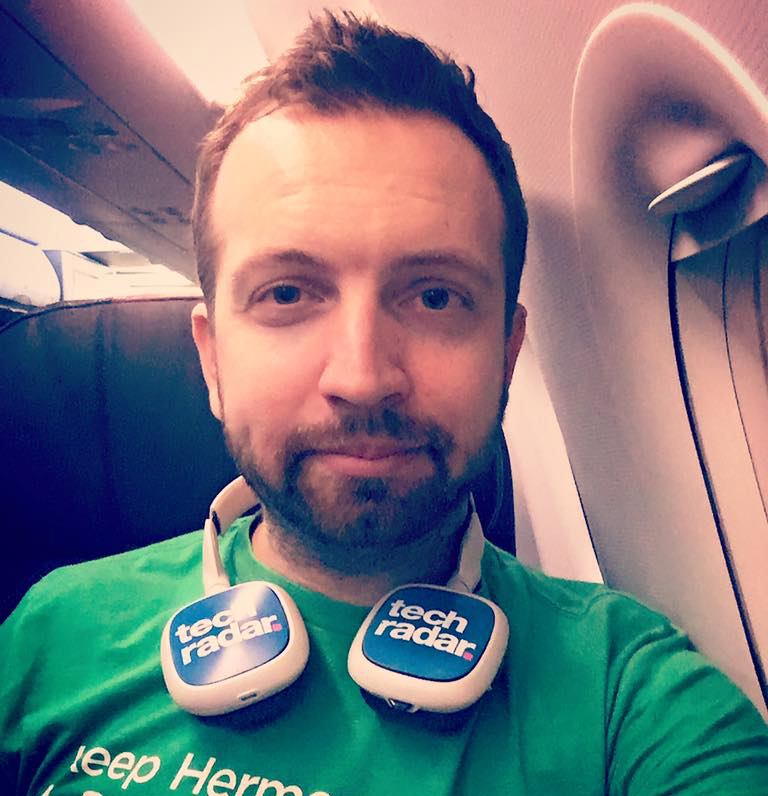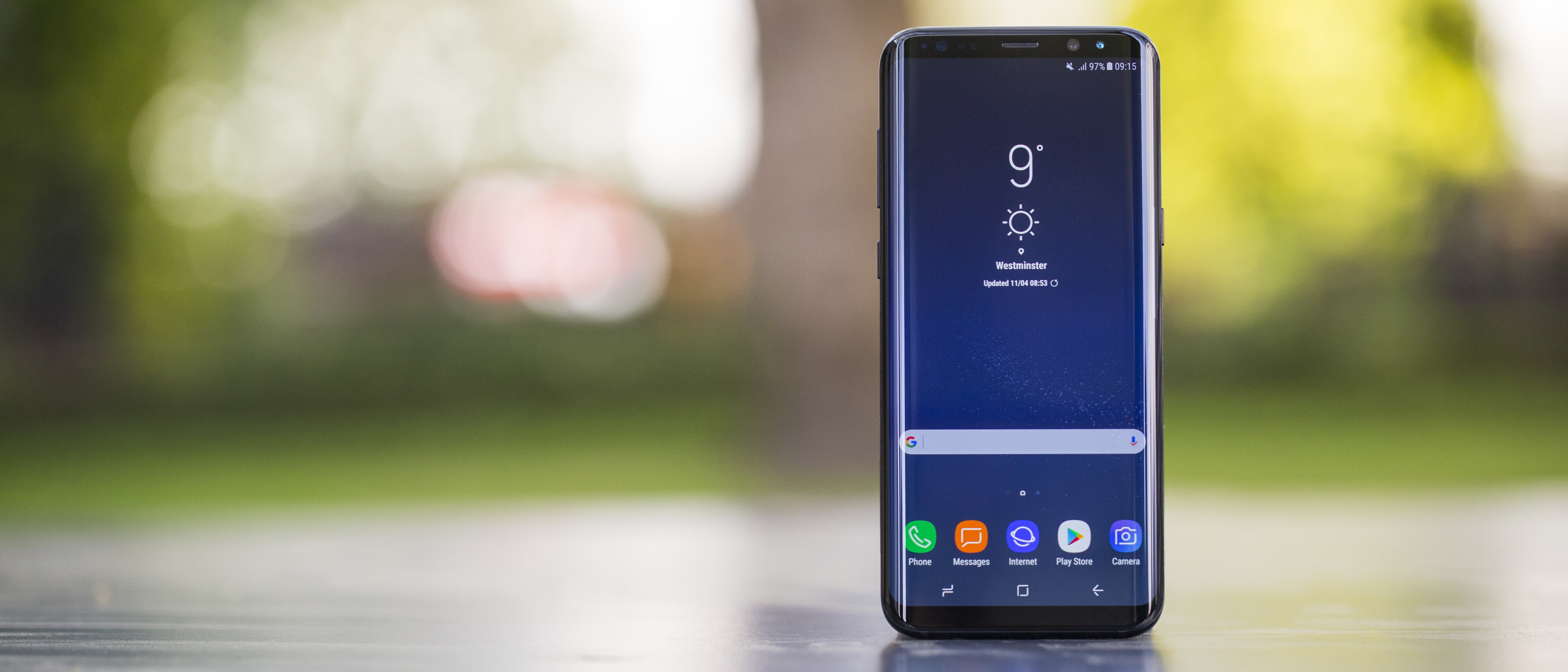Why you can trust TechRadar
Camera
- 12MP camera is the best on a smartphone thanks to new improvements
- Snaps better low-light photos and video OIS is smoother than last gen
- The camera app enables faster snapping, even if the camera launcher shortcut has moved to a less convenient location
If you’re looking for the best camera in a smartphone, you should buy the Galaxy S8 or the Galaxy S8 Plus right now. Samsung’s competition has a lot to live up to.
Sure, everything seems to be the same as on the Galaxy S7 Edge on the surface: the main camera has a 12MP sensor with Dual Pixel autofocus, a fast f/1.7 aperture and it captures large 1.4µm pixels.
All identical to the last phone, right? Not exactly. While the sensor size is the same, both the chip and the technology behind it offer better low-light photos, thanks to multi-frame image processing.
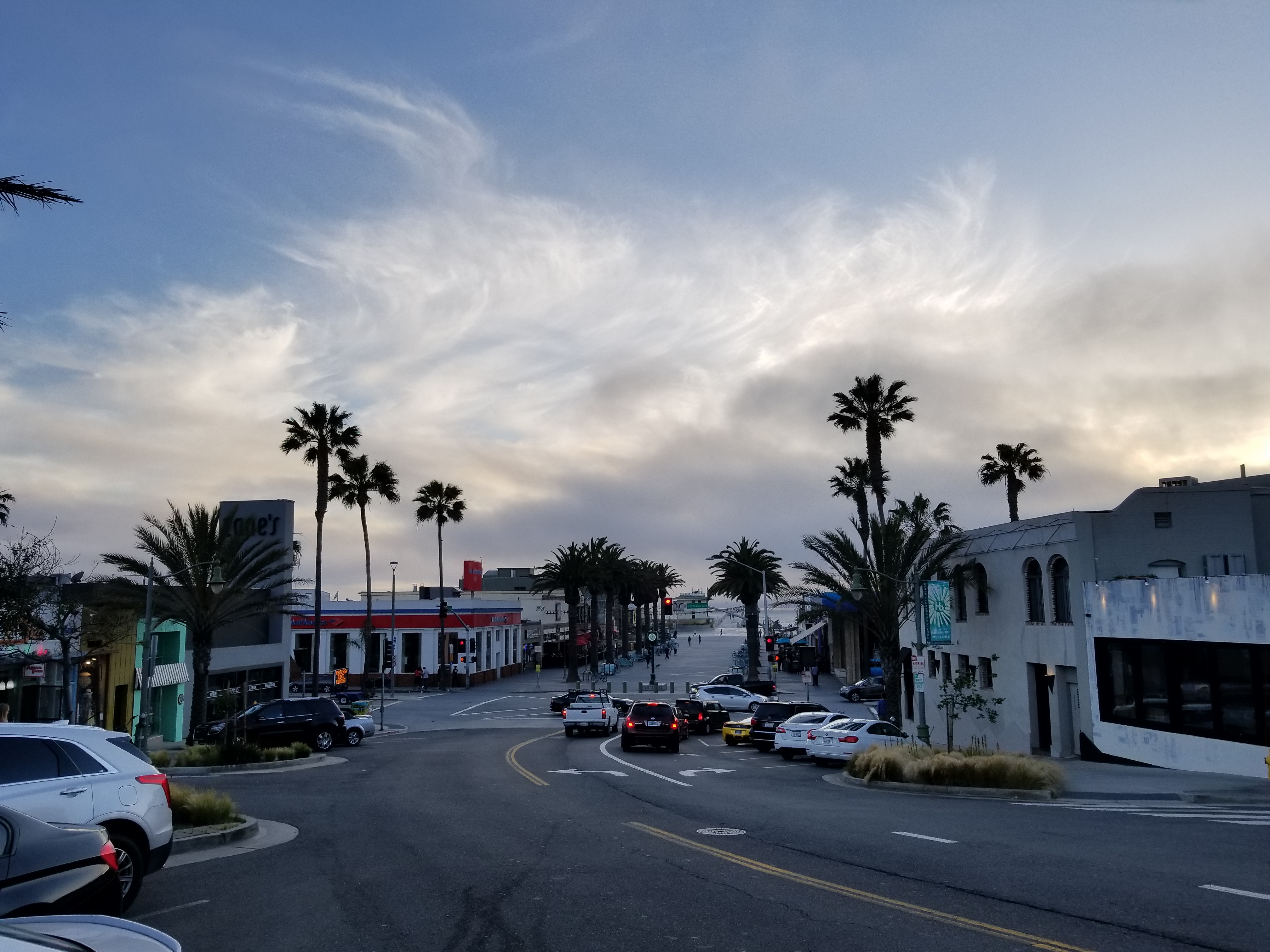

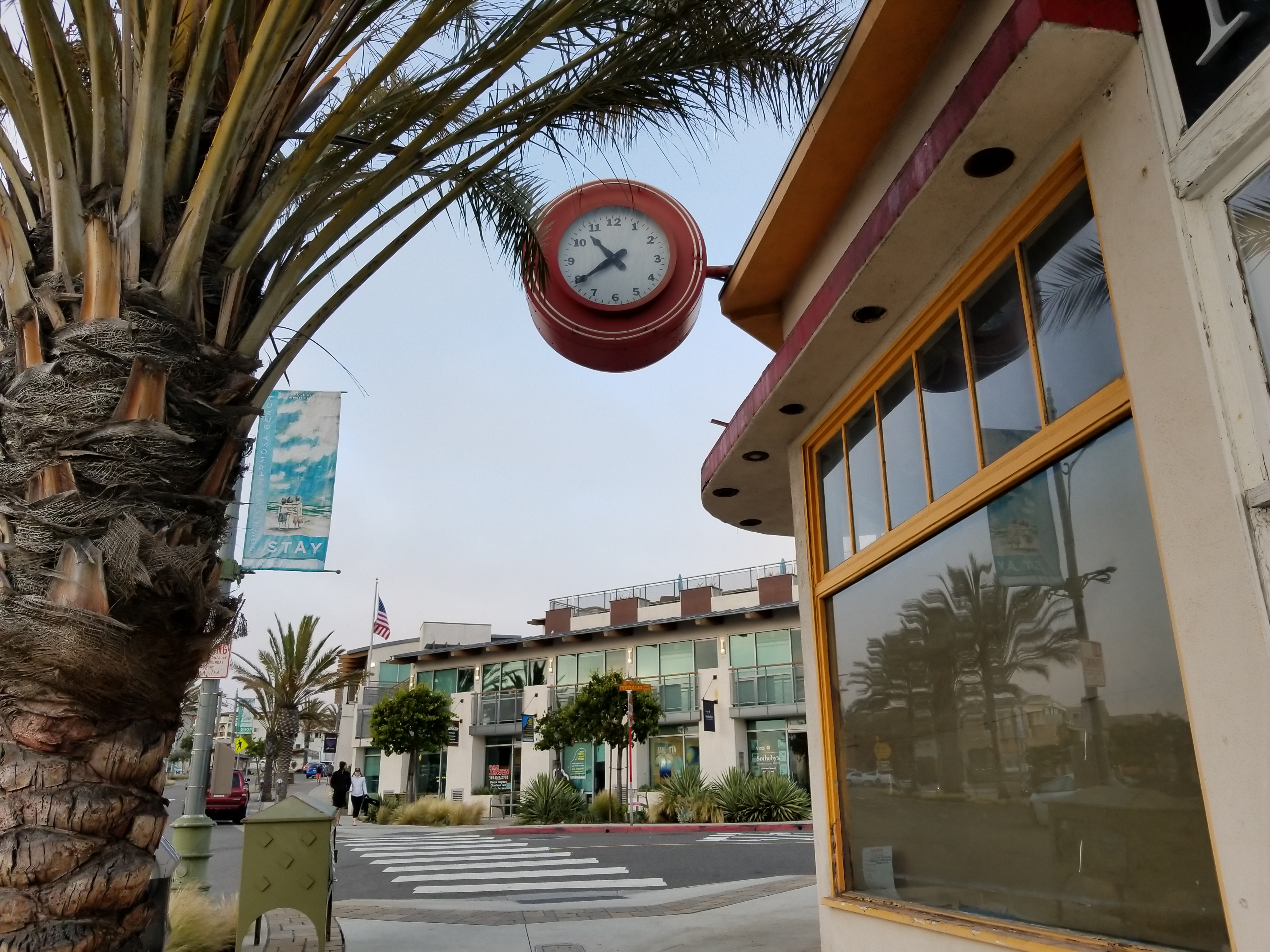

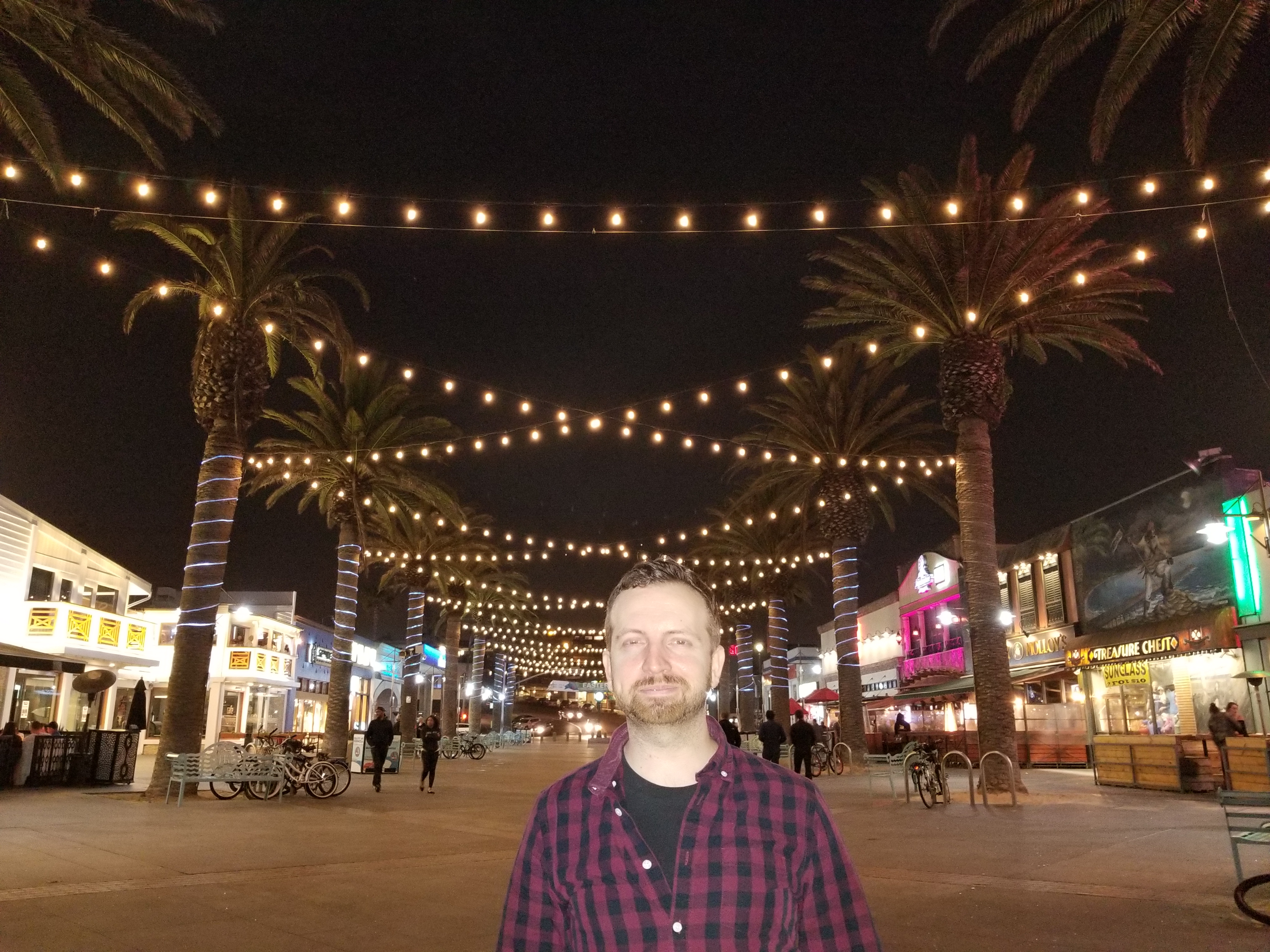




Multi-frame image processing works a lot like the Google Pixel’s HDR+ mode. Samsung’s phone selects the best of three photos, and uses the other two shots to reduce motion blur. It’s sort of like burst shooting, but everything works behind the scenes.
Side-by-side, photos from the Galaxy S8 Plus turned out better than similar shots taken with the S7 Edge in both bright and low-light conditions. There was less chromatic aberration and graininess in the dark; that’s not to say we didn’t see some motion blur in dimly-lit bar settings when people were moving their hands mid-shot, but the post-processing that’s happening here is top-notch for a smartphone.
The front-facing Samsung Galaxy S8 Plus camera has been given an even bigger upgrade, reflected in both the specs sheet and its overall performance.
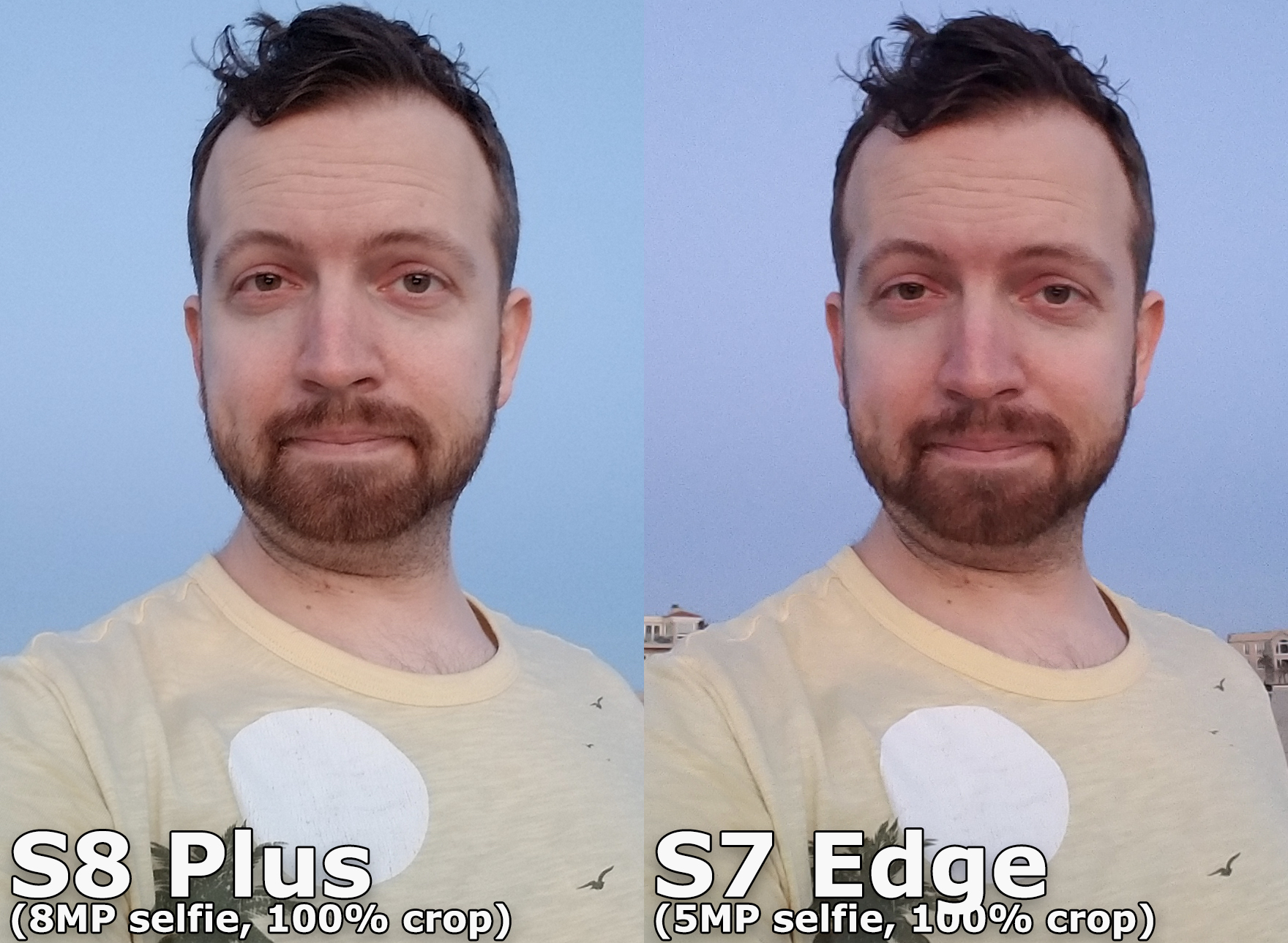
There's a small big meaningful difference in these selfie photos. The S8 Plus exhibited brighter tones and captured the twinkle in the eyes. Everything looks better and we swear we didn't just amp up the beauty mode.

The Samsung Galaxy S8 Plus includes silly new effects for both photos and live video, like these Blue's Brothers virtual mask overlays. Move over, Facebook. It's Samsung's turn to clone Snapchat.

The Galaxy S8 Plus does an okay job in indoor low-light – better than the Samsung Galaxy S7 Edge and any other Android phone. There's still a long way to go to compare to a DSLR, mirrorless camera or compact camera with a one-inch sensor. But we're getting there.
Our selfies looked sharper, thanks to a jump from the Galaxy S7's 5MP sensor to this year’s 8MP sensor with autofocus and facial recognition technology. You’re going to love that gleam in your eye that it’s able to pick up, offsetting any beauty marks it also brings to the forefront in cleaner photos.
Sign up for breaking news, reviews, opinion, top tech deals, and more.
You’re also in for a treat from the robust and logically laid out camera software first seen on the Galaxy Note 7, and then on the S7 and S7 Edge with the Android Nougat update.
Swipe up or down anywhere on the camera viewfinder and it switches between the front and back cameras – no more hunting for the insufferably small camera flip button.
You can zoom in and out with one finger by sliding left or right on the shutter button. Pinch-to-zoom can still be used, but with such a large phone, this one finger mechanic is useful.
One swipe to the left brings up menus for filters, stickers and an all-new clone of Snapchat mask – fun but pointless. It’s not just Facebook stealing Snapchat’s ideas anymore.
One swipe to the right brings up all of the capture modes: Auto, Pro (manual), Panorama, Selective focus, Slow motion, Hyperlapse (timelapse) Food and Virtual Shot.
You can download a few others from Samsung’s Galaxy Apps store, including Sports shot, Animated GIF, and Dual Camera (a mode in which the camera taker shows up in a weird stamp-sized selfie window on top of a larger photo from the main camera). What we liked most is that you can add any of these modes, like Hyperlapse, to the home screen as a shortcut. No one else goes as far as Samsung does with its smartphone camera software.
Video is another example of where the Samsung Galaxy S8 Plus doesn’t tout new specs beyond its 4K resolution, but has improved in real-world testing. Video quality is noticeably brighter than from the Galaxy S7 Edge, and optical image stabilization is smoother.
Now take a look at the same location with the Samsung Galaxy S7 Edge.
Using a custom-built tripod for a side-by-side comparison while walking down to the beach, we found the S8 Plus’s stabilization to produce an almost gimbal-like effect, while the S7 Edge made it seem as if we were bouncing along on a trampoline (we were not!).
Even with everything that’s going on – from multi-frame image processing to enhanced optical image stabilization – the Samsung Galaxy S8 Plus’s shutter speed doesn’t exhibit slowdown. What we did find to be a drag was the new camera launcher shortcut, moved from double-clicking the now non-existent physical home button to the side power button – you may miss capturing a Kodak moment until you retrain your muscle memory and find a case that doesn’t make hitting the side buttons so difficult.
Watch below to see how the Galaxy S8 Plus performed in our camera test.
Battery life
- 3,500mAh battery capacity plays is safe following the Note 7 recalls
- Day-and-a-half of power thanks to advanced battery-saving tactics
- Takes 1 hour and 11 minutes to completely recharge
- Fast and wireless charging are here, and so its USB-C
Here’s a tricky one for Samsung: the Galaxy S8 Plus is big enough to house a monster-sized battery, but given all of the Note 7 battery explosions it chose not to push the envelope.
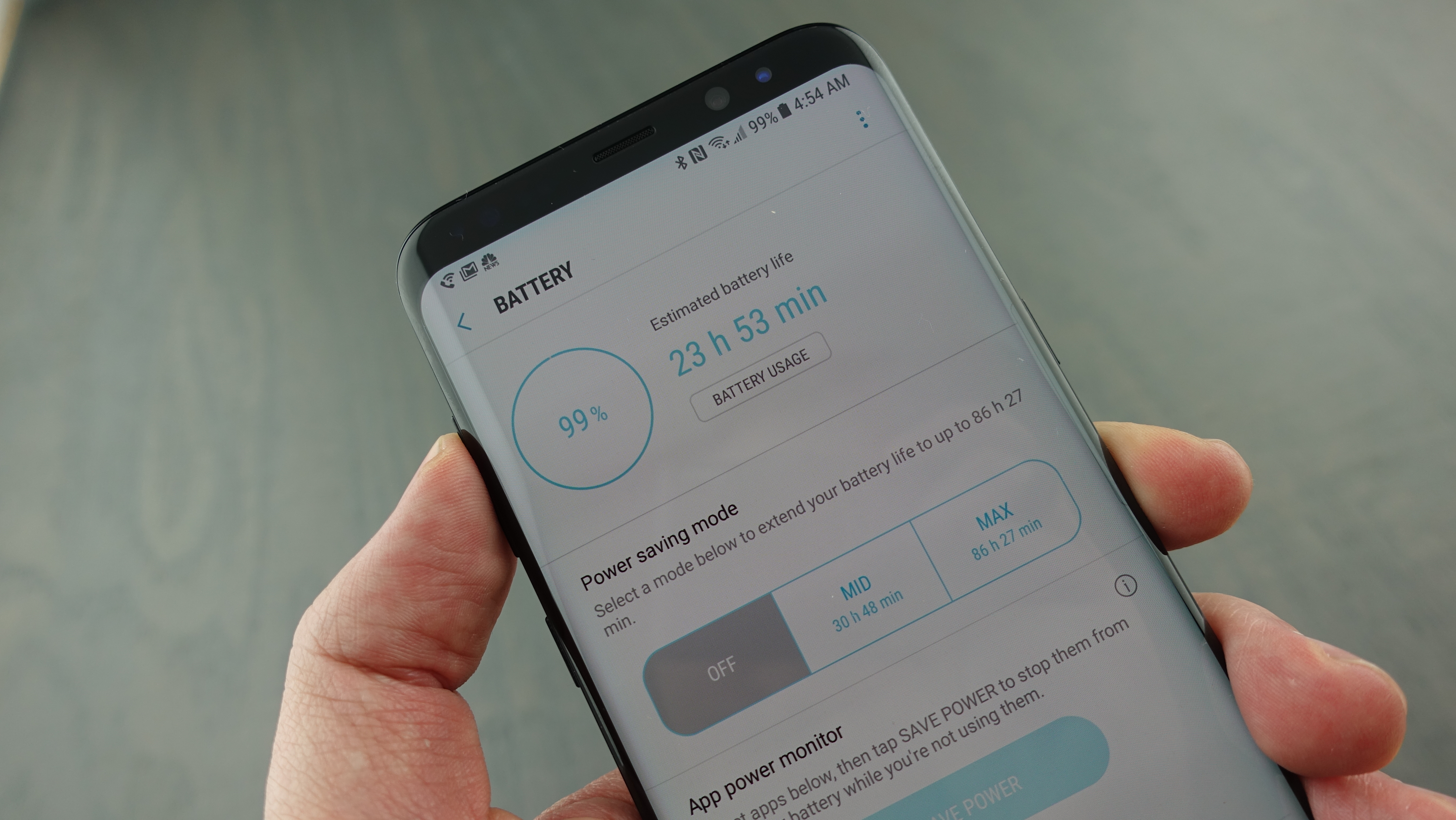
Instead, we have a 3,500mAh battery – the same exact capacity as the Note 7 and actually 100 fewer milliamps than the Galaxy S7 Edge. All of this is conservative given the Asus Zenfone Max just launched with a 5,000mAh battery.
Don’t let these stagnant numbers fool you. The Galaxy S8 Plus is power-efficient enough to offer day-and-a-half battery life. We didn’t have a problem running out of juice every day, even with heavy photo and video use.
This is partly due to its smaller and less power-hungry 10nm chipset and partly because the default Full HD display setting looks nearly as good as the maxed-out Quad HD resolution. These two things make a difference.
Running a 90-minute Full HD looped video from a 100%-charged battery, we found the phone to drain 11% on Quad HD, leaving us with 89% of juice. Setting it to Full HD, the same video burned fewer pixels and drained 8%, with 92% battery remaining.
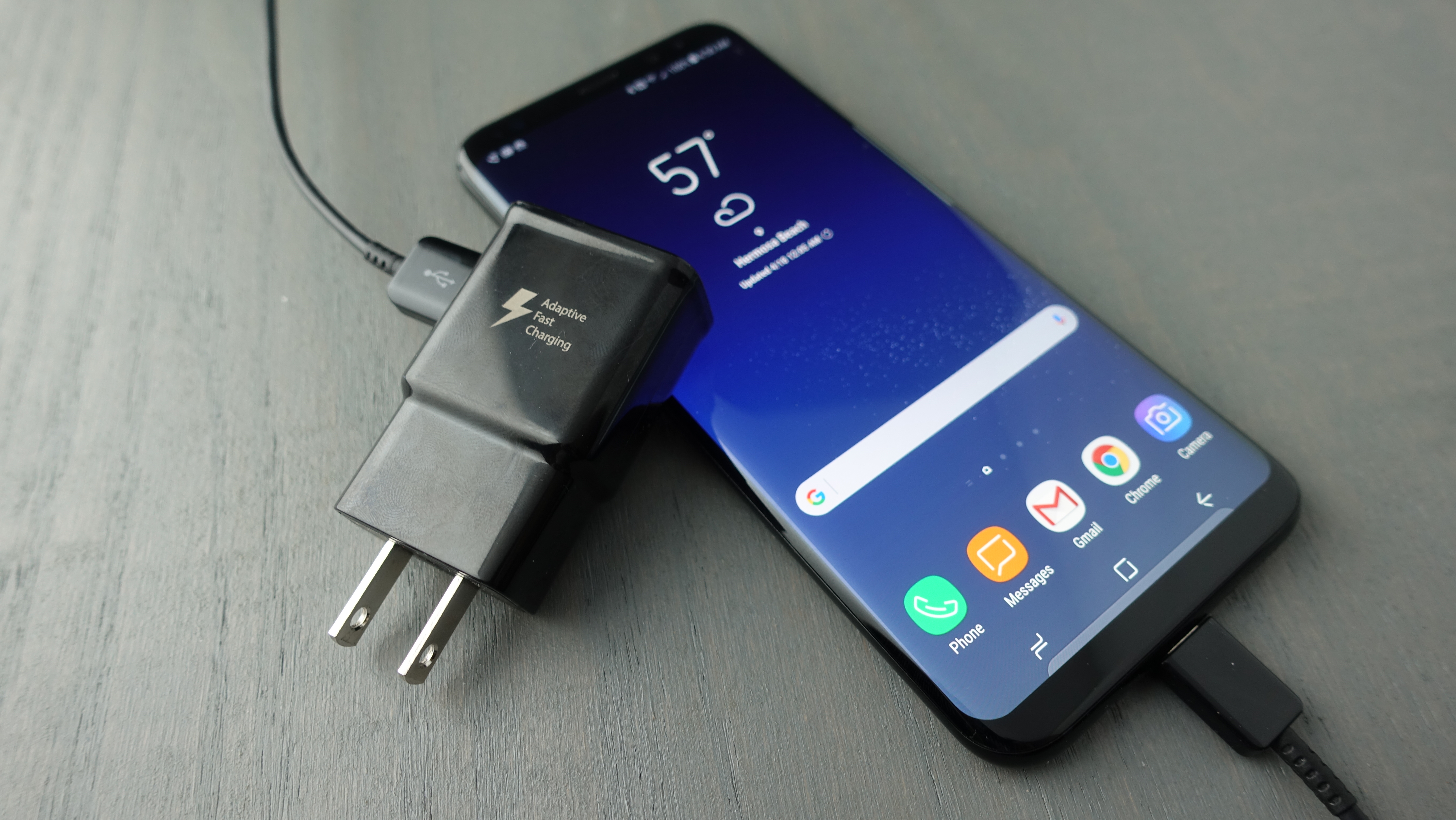
Samsung also packs the S8 Plus with software optimization tools to eke out more battery life when you’re down to 15%. It really clings to those last single digits while counting down to the exact time it’ll power down (it’s never exactly right, but it’s nice to have a ballpark estimate).
The Galaxy S8 Plus retains perks like fast charging and wireless charging. Its easier-to-plug-in USB-C port means wireless charging is now a minor convenience, but still one we like seeing.
We pitted all of the Samsung Galaxy phones against each other in our big battery test that you can watch below.
Cases and warranty
- Official and third-party cases recommended for a phone of this size
- Samsung Premium Care is a decently priced protection plan
Given its tremendous size and fragile glass design, the Samsung Galaxy S8 Plus needs protection, and this comes in two forms, the first of which is a protective case.
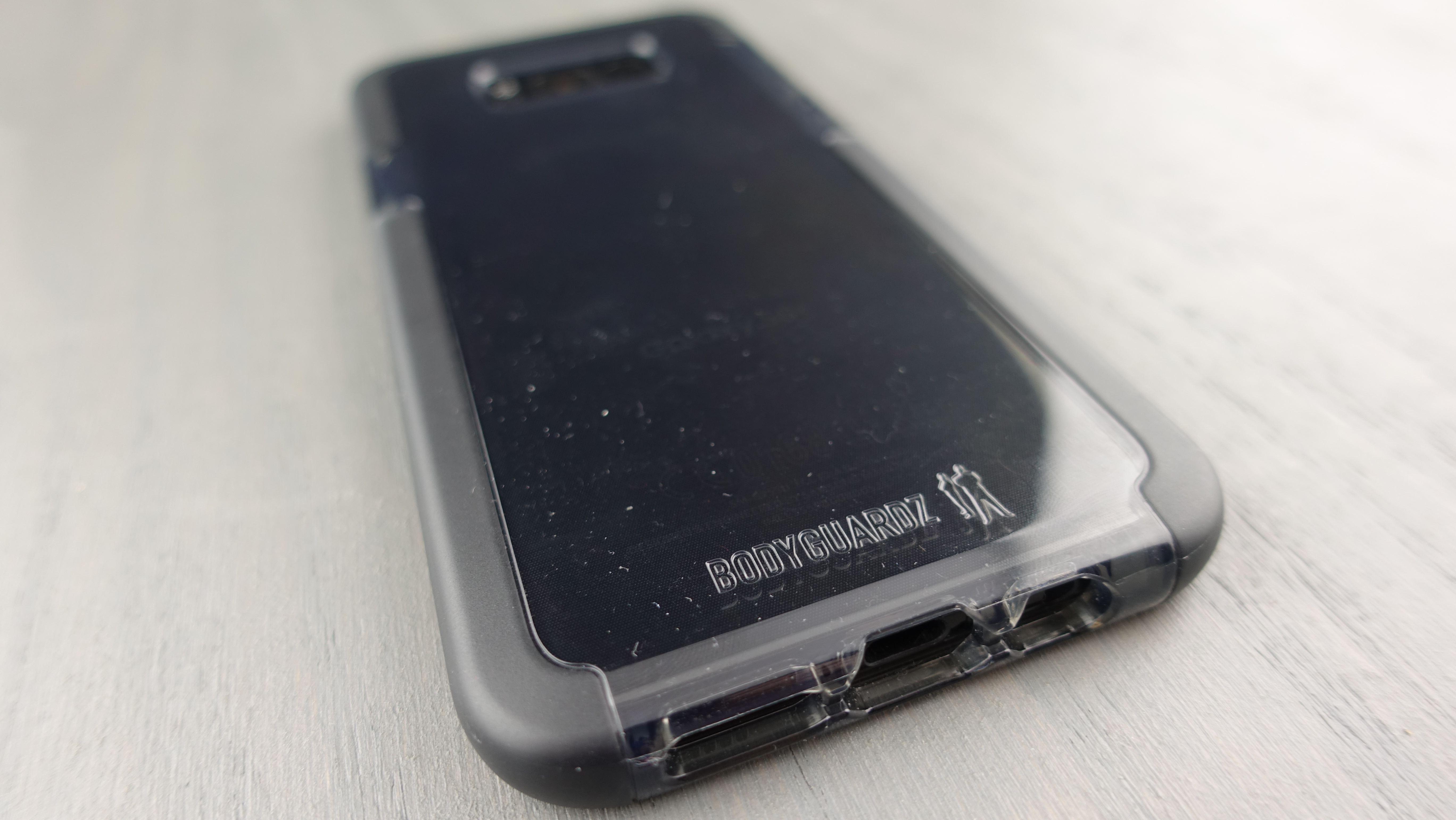
Of course, even the best Samsung Galaxy S8 Plus cases add a bit of bulk, and rob your phone of its most unique design characteristics – and there is an alternative this year.
Samsung Premium Care is the company’s new US insurance plan, and costs $11.99 a month, with replacements priced at $99 a pop. If you break your phone once a year that’s $234 in total, but $595 saved on a brand new phone. SquareTrade and other gizmo-focused insurance companies have similar protection plans.
We prefer a slim-fitting case, but it’s nice to see both options available at launch. This is a big phone and it deserves some sort of protection.
Current page: Camera, battery life and cases
Prev Page What's it like to use Next Page Verdict and competition